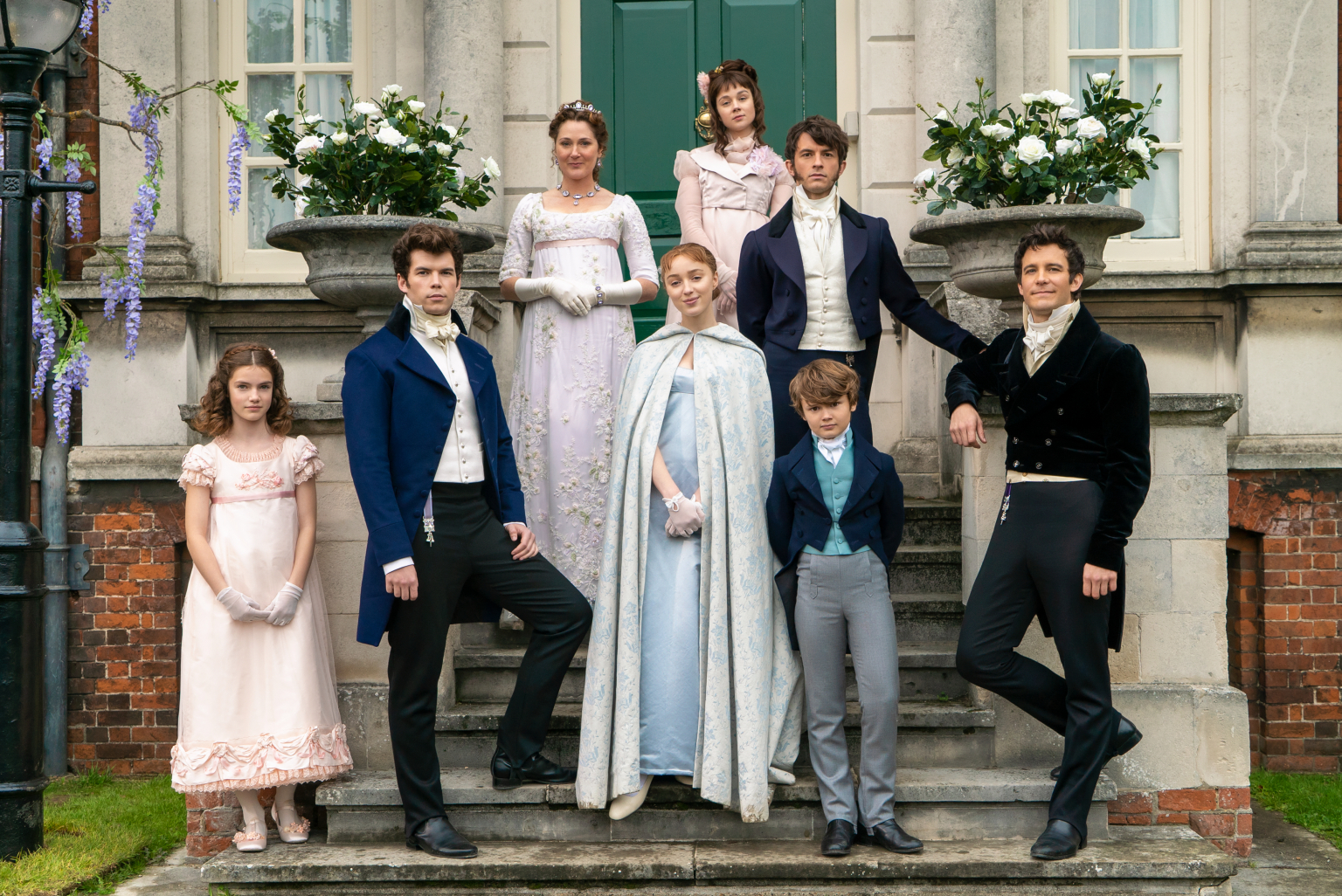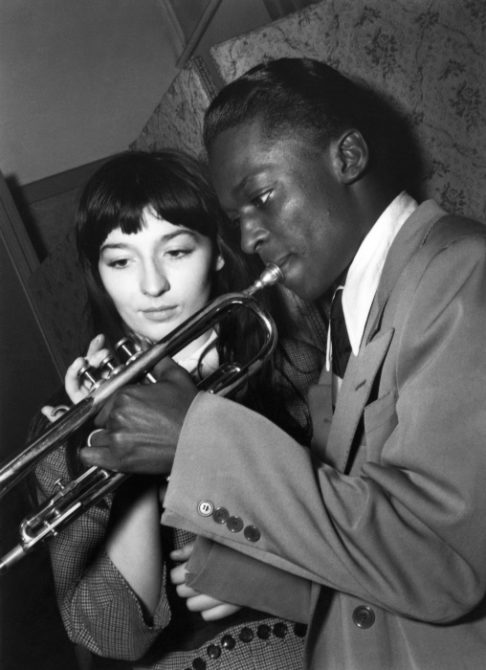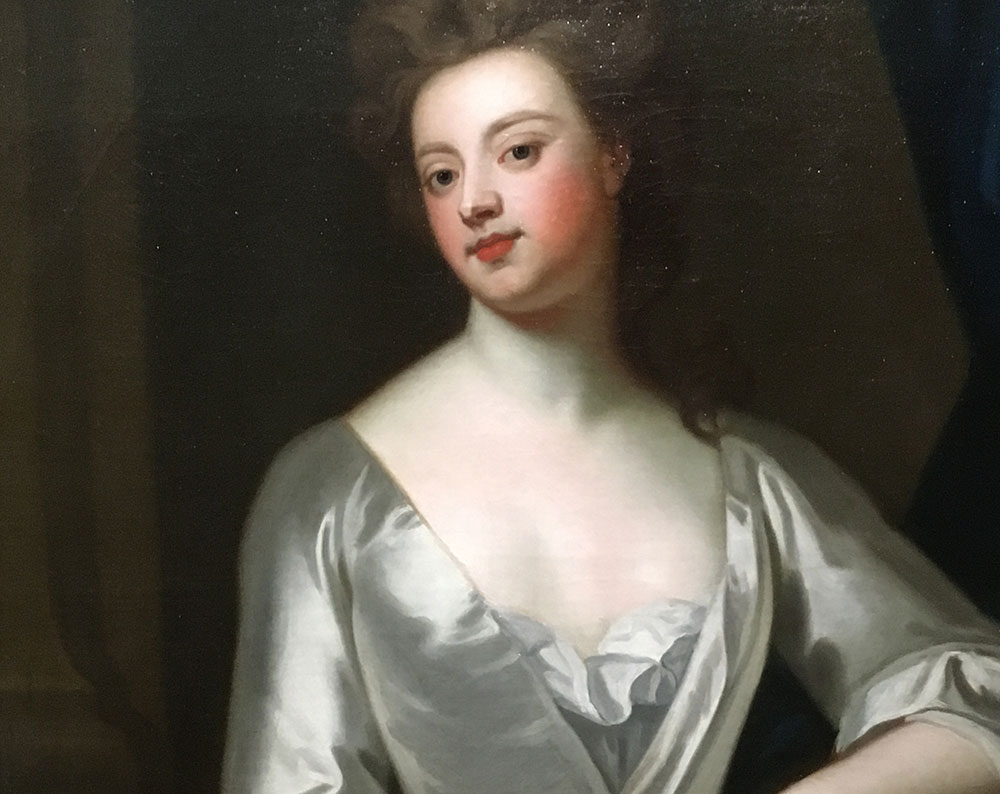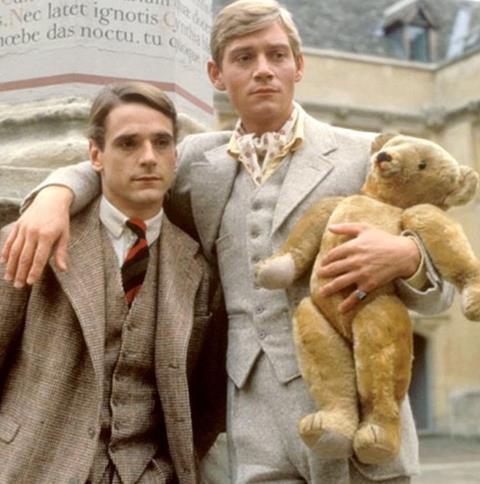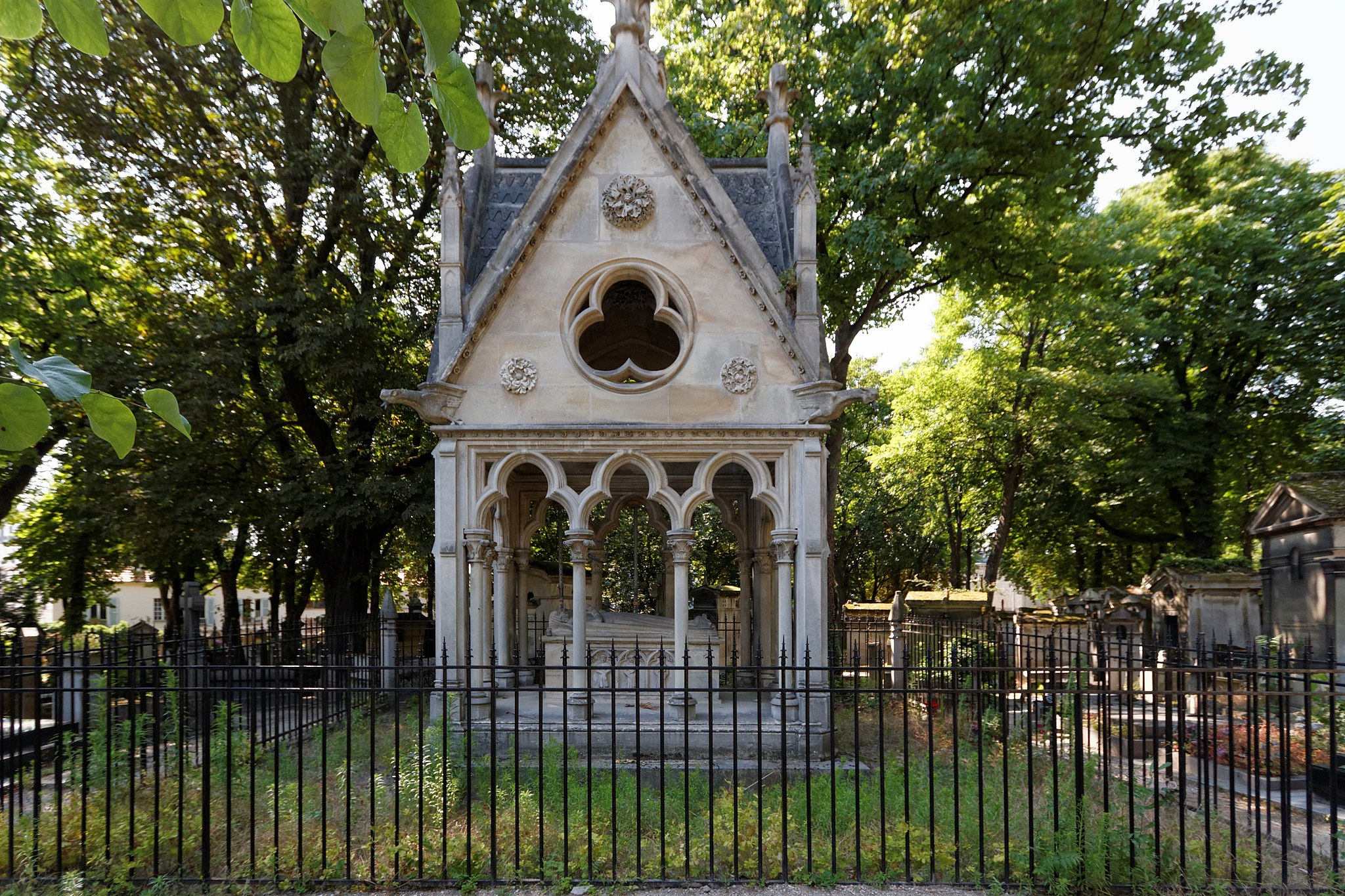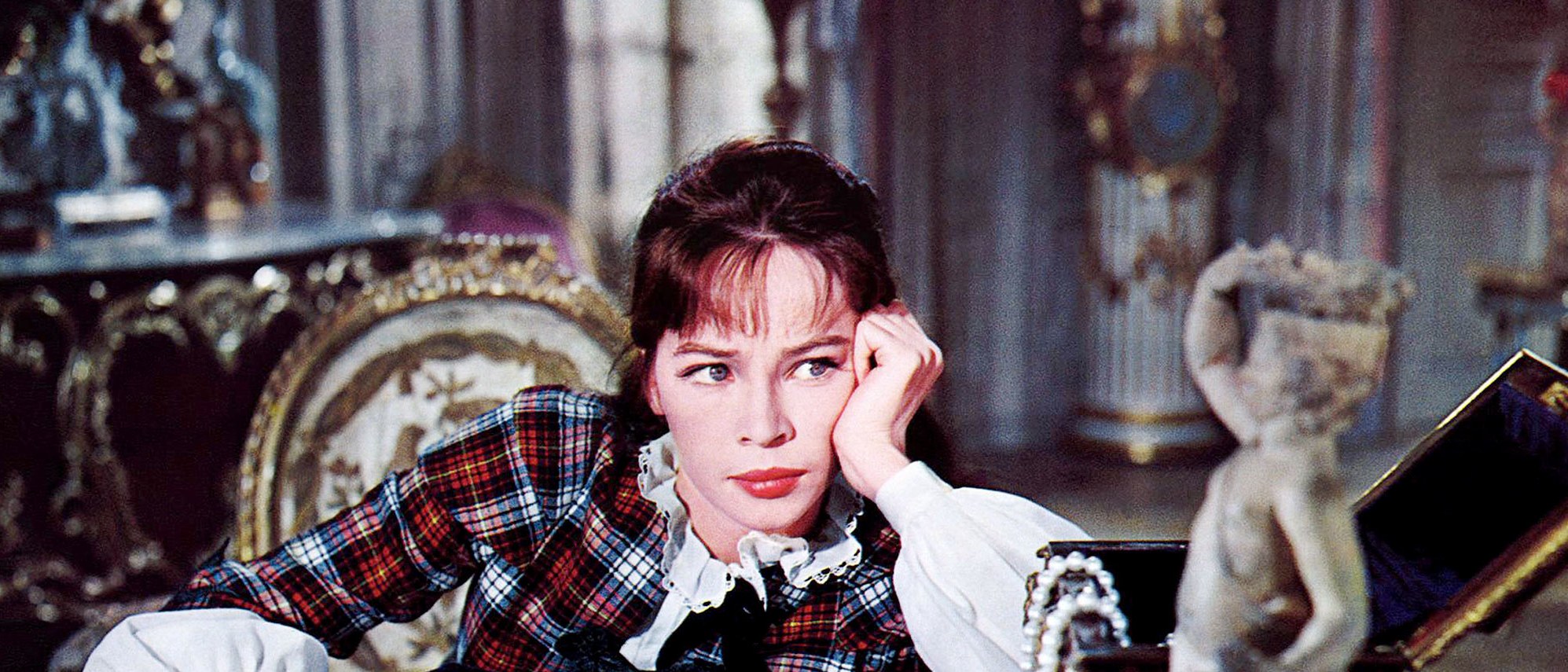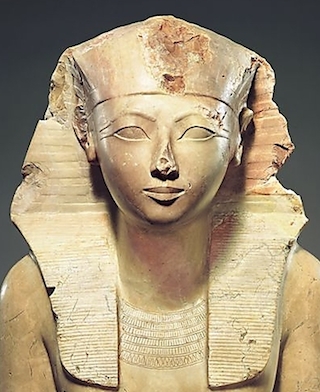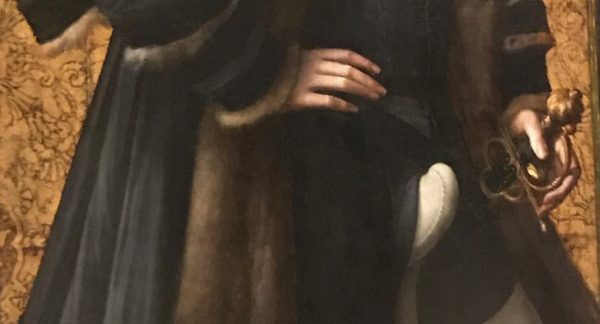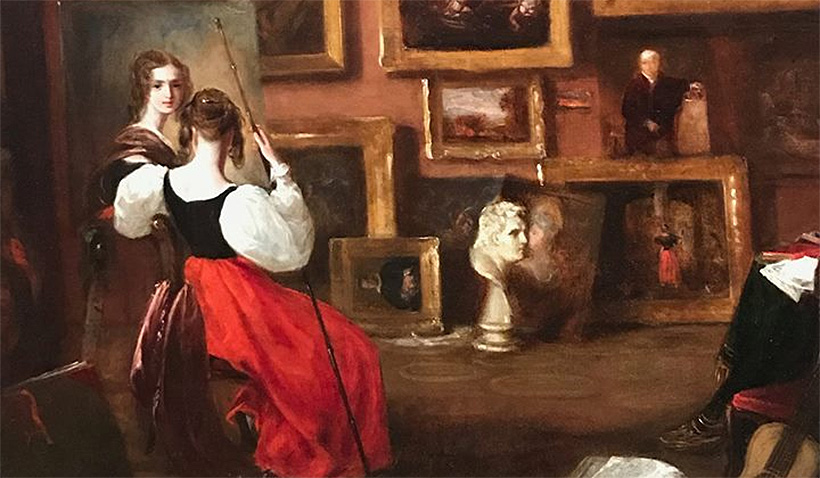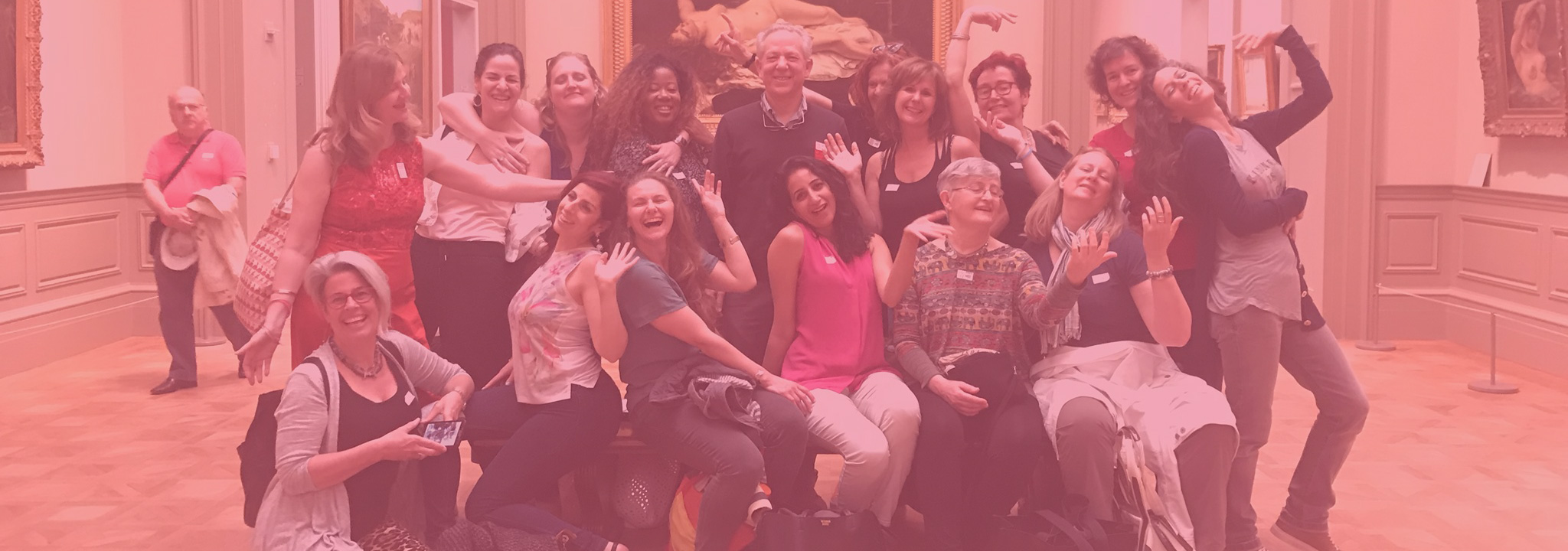
Author: Professor Andrew Lear
21 Dec Zoom Tours in 2020 and 2021
Posted at 00:02h in courtesans, fashion, fashion history, French women, Louvre Museum, nasty women, Paris, Paris tour, royal mistresses, scandals and secrets, Shady Ladies, Women's History
At the end of this very real annus terribilis, I want to say a few words to you, our loyal readers and attendees. Above all, thanks! Thanks for keeping Shady Ladies Tours alive by reading our blog, attending our Zoom tours, watching our YouTube videos, contributing to our fundraisers—in short, for being a fabulously loyal community. When the pandemic hit the US, in March, it seemed likely to kill the company completely. Who would have thought that 9 months later, as the pandemic continued to rage, we would be putting on our 18th Zoom tour, with audiences regularly over 100, and have gathered over 28,000 views for our videos? It's been a hard year, but ours is a tiny, flourishing corner. And we have a lot more coming after the holidays! Want to find out more?10 Dec Women of the National Portrait Gallery
Posted at 09:55h in British history, courtesans, royal mistresses, scandals and secrets, Shady Ladies, Women's History
London's National Portrait Gallery has a great collection of portraits of famous and important people from British history. If you ask the general public what that means, they would tell you it's a great place to see images of kings, queens, prime ministers, and other great people (mostly men). But actually, the National Portrait Gallery’s collection is much more fun than people realize. It contains a lot of portraits of people with really entertaining stories, and these stories often revolve around the one thing that can make historical people seem really relatable: love and sex. And many of the most interesting stories are about *women*.[* Purchase Tickets To the Scandals & Secrets Tours of the National Portrait Gallery of London *]
19 Aug LGBTQ England and its Queerest Stately Homes
Posted at 01:18h in LGBTQ England
One of the great things about England is its grand, historic houses, what the British call “stately homes.” Today’s post is about two castles with an LGBTQ past. And who better to write about LGBTQ England and its Queerest Stately Homes than Nick Collinson and...
14 Aug Paris Women’s History in Père Lachaise
Posted at 00:18h in courtesans, French women, Louvre Museum, Metropolitan Museum, nasty women, Paris, Paris tour, Shady Ladies, Women's History
Bold and sexy women must always have existed everywhere, but in history they seem to be a French specialty. There are a number of places where you can learn about them in Paris. The Louvre and Orsay museums are great, for instance, or the royal...
19 Feb Scandalous French Women of History
Posted at 22:45h in art history, courtesans, fashion, fashion history, French women, Paris, Paris tour, Shady Ladies, Women's History
Paris is the great city for the history of racy women. Certainly, other places have contributed—particularly Italy during the Renaissance. But from the time the Renaissance took off in France, scandalous French women have taken most of the world prizes for raciness.13 Feb Scandals and Secrets of Art Museums
Posted at 20:31h in art history, courtesans, Metropolitan Museum, museum of fine arts, philadelphia museum of art, Women's History
The world's museums are full of scandals and secrets. John Singer Sargent's portrait of Virginie Amélie Avegno Gautreau, known simply as Madame X, is a great example. When it 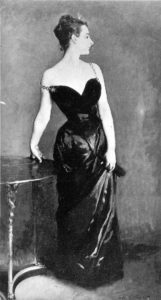 was unveiled at the 1884 Paris Salon, it caused such a scandal that Sargent's career was almost destroyed. Who after all would want to hire a portrait-painter who caused scandals at the Salon? It was also damaging, of course, for Gautreau's reputation as a society beauty. Her family begged Sargent to withdraw the painting from the Salon, but he refused. After the Salon, however, he repainted the detail that had caused the biggest scandal.
was unveiled at the 1884 Paris Salon, it caused such a scandal that Sargent's career was almost destroyed. Who after all would want to hire a portrait-painter who caused scandals at the Salon? It was also damaging, of course, for Gautreau's reputation as a society beauty. Her family begged Sargent to withdraw the painting from the Salon, but he refused. After the Salon, however, he repainted the detail that had caused the biggest scandal.


